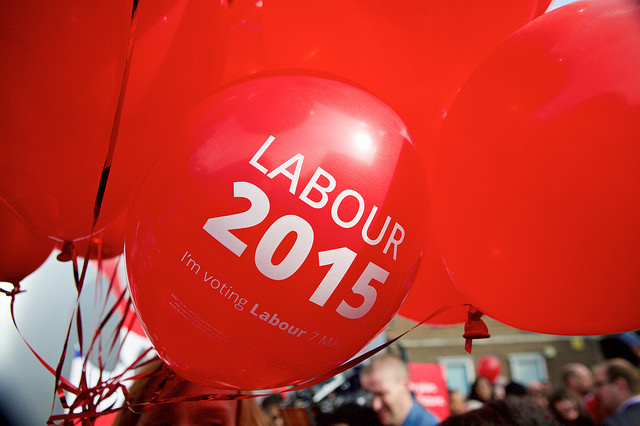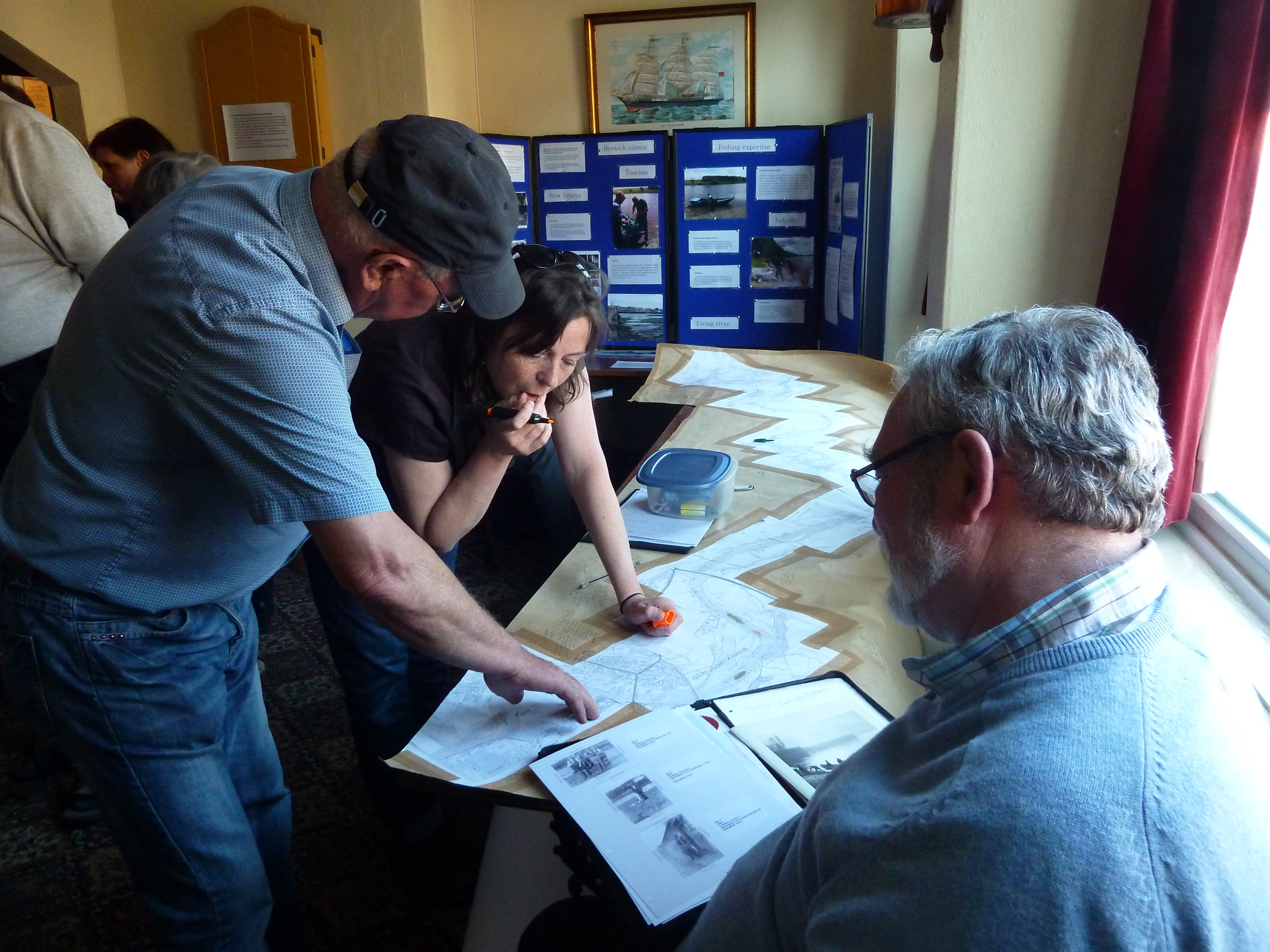Professor Mark Tewdwr-Jones, Professor of Planning in Newcastle School of Architecture, Planning and Landscape, argues in this NISR blog that more is at stake in the Labour leadership election than the future of the one party. What has been demonstrated by the leadership contest is that voters are troubled by the sameness of the political language employed, and that there is a call to be principled and hold your convictions closely, if you’re to win the trust of the British electorate.
Jeremy Corbyn’s popularity has emerged not necessarily because the grassroots Labour membership suddenly clamour for socialist polities (no doubt some do), but because of a twenty-year frustration with a political party that appears to have lost its principles and convictions.
Blairism moderated the party to make it electable, faced with a right wing political agenda that had reshaped the country and political attitudes. But the Blair-Brown era of Labour only served to react to a form of Conservatism; it played the tune already composed by neo-liberalism. When neo-liberalism was found wanting in the 2007-8 recession, the country expected and indeed demanded an ideological change. But, after 2008, the business-as-usual manifestation of all political parties seemed to jar with a country that, at its heart, still believed in conviction politics and principles.
Photo credit: Labour Party, available under a Flickr Creative Commons Licence. (https://creativecommons.org/licenses/by-nc-nd/2.0/legalcode)
The political language of post-1994 is devoid of any meaning. It is the language of not only moderation and compromise but also of neutrality. The Conservatives, Labour and Liberal Democrats all employ this non-speak: a never ending stream of platitudes that only hint at issues without stating a firm vision of course of action. Promises to be economically credible, to tackle poverty, to address climate change, to deal with immigration, to oppose tuition fees, to save our health service all sound fine as headlines, but dig deeper and the specific policies are often absent. And the electorate have realised this, particularly younger generations of voters. After all, how many of these promises have turned out to be false promises or else have masked opposite agendas? The Liberal Democrats paid the ultimate price in this regard at the 2015 General Election when their platitudes about tuition fees and protection of state services became hollow.
Furthermore, since politicians from all the major parties employ the same style of political speak, they all tend to sound the same. Outpourings of grief and tributes paid to deceased politicians such as Michael Foot and Tony Benn demonstrated not a fondness for socialism, but rather sadness for the demise of a type of politician that is increasingly rare in the 21st century. Blairism turned the language of moderation and neutrality into a fine art; we believed it for a time but eventually even supportive Labour members saw through the charade. Politics became dull because politicians and political parties tried to cover all the messy contradictory issues we need to face through a series of bland platitudes: if political parties appear to stand for everything, they are nothing.
Corbyn’s popularity has emerged at a particular moment in time because the public are fed up with the blandness of political language. They are fed up with the lack of conviction and principles in political debates. And they are irritated by the fact that the three main Westminster political parties sound the same on issues; there is now no choice. This is also perhaps the reason why the Scottish Nationalists have surged ahead in Scotland; they sound different, they celebrate their ideology, they set out the issues they support and oppose, and they are not afraid of being portrayed by the media in an unpopular light for doing so.
Viewing Corbyn’s popularity as a threat to Labour’s electoral chances misses the point completely. It’s not about a threat to Labour per se, but rather to what Labour has become over the last 30 years; a party that is bland, vague, devoid of ideology, too close to the Tories. Turning that around is not easy: those 30 years have given rise to a complete generation of Blairites both within the House of Commons and in the party apparatus. Their reactions to Corbyn’s rise in the opinion polls demonstrates that they have no armoury to deal with the surge because they only have one style of thinking: moderation, compromise and neutrality at all costs to be electorally successful. But Corbyn’s agenda is proving to be more electorally successful and is rather based on ideology, conviction and principle. The three other leadership contenders respond to the Corbyn ‘threat’ with the usual platitudes and blandness. No wonder they are not making much impact.
Photo credit: Chris Beckett, available under a Flickr Creative Commons Licence. (https://creativecommons.org/licenses/by-nc-nd/2.0/legalcode)
Does this mean that a split in the Labour Party is likely if Corbyn wins? Tentatively, the answer has to be yes, since some of the other leadership candidates have already stated that they would refuse to serve in a Corbyn shadow cabinet. Plus, post 1997, many in the Westminster Labour Party bubble are on the centre/right of the party. And on this issue, the right wing press cannot contain their delight with the prospect of a Labour Party tearing itself apart and putting pay to any prospect of it winning not just the 2020 General Election but possibly polls beyond that.
But let’s consider another scenario: what if Corbyn’s election as Labour leader galvanises political debate nationally, gives rise to conviction politics, and leads to a significant rise in the party’s standing in the opinion polls? What would those Labour members do who opposed Corbyn if his election makes Labour more credible as an alternative party of government than it currently is? Only time would reveal whether this would begin a honeymoon period for a new political leader or signal a more fundamental shift in British politics. It happened north of the border; could it happen in England and Wales? Not only would such a scenario rupture the present form of Labour Party thinking; it would begin to unravel the ‘sameness’ that has characterised party political thinking for the last 20 years. This may be healthy in any democracy but it would corrupt the compromising, middle ground, moderating agendas of post-Blairite Labour politics. It would not only rupture Labour; it would lead to a more significant series of divides emerging, between the north and south of the country, between cities and the countryside, and between those who support and oppose neo-liberalism.
That scenario may be too much to contemplate at the present time. But politicians from all parties are starting to realise that the Labour leadership election campaign could be about something much more than the future of Labour.
Professor Mark Tewdwr-Jones




















